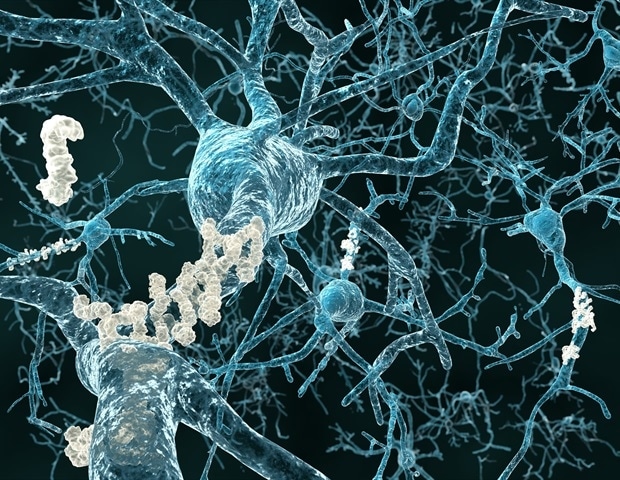
Folks residing in additional deprived neighborhoods could also be extra prone to have biomarkers for irritation and Alzheimer’s illness, in accordance with a research revealed June 25, 2025, in Neurology®, the medical journal of the American Academy of Neurology. The research doesn’t show that neighborhood elements trigger these biomarkers: it solely reveals an affiliation.
Research have proven that residing in much less advantaged neighborhoods could improve your threat for Alzheimer’s illness, however we’ve not identified a lot concerning the mechanisms underlying this threat. These outcomes recommend that neighborhood drawback will increase the chance of irritation, which can play an early function within the growth of Alzheimer’s illness, in addition to biomarkers for the illness itself.”
Angela L. Jefferson, PhD, research creator of Vanderbilt College Medical Heart in Nashville, Tennessee, and a member of the American Academy of Neurology
The research concerned 334 folks with a mean age of 73. Members underwent blood exams, mind scans, and exams of their cognitive expertise originally of the research and once more after 18 months, three years, 5, seven, and 9 years. A complete of 180 folks from the group additionally had samples of their cerebrospinal fluid drawn at those self same time intervals as much as 5 years.
Neighborhood standing was decided by elements reminiscent of earnings, employment, training and incapacity.
At the start of the research, individuals who lived in areas with better neighborhood drawback have been extra prone to have elevated ranges of tau, which is a biomarker associated to Alzheimer’s illness, of their cerebrospinal fluid.
“We discovered that better neighborhood drawback was related to better ranges of tau, a key biomarker of Alzheimer’s illness,” mentioned Jefferson. “This statement means that residing in additional deprived neighborhoods could lead to extra hectic exposures that drive neurodegeneration, leading to an elevated threat for growing Alzheimer’s illness.”
Researchers additionally discovered contributors had elevated ranges of chitinase-3-like protein 1, known as YKL-40, a biomarker of mind irritation, of their spinal fluid. These observations existed regardless of contemplating different elements that might have an effect on ranges of biomarkers, reminiscent of older age, feminine intercourse, and decrease ranges of formal training.
When trying on the exams over time, researchers discovered that better neighborhood drawback was associated to sooner will increase in ranges of excessive sensitivity C-reactive protein (CRP) within the blood, which is a well- established biomarker for irritation. Each 10 greater percentile rating in neighborhood drawback was related to 0.05 milligrams per liter better improve in irritation measured by CRP annually.
“Based mostly on these outcomes, healthcare suppliers could take into account neighborhood drawback when they’re working with individuals who may gain advantage from methods to scale back irritation ranges by means of life-style interventions, reminiscent of stress discount strategies and train,” Jefferson mentioned. “Continued efforts must also be made to incorporate individuals who dwell in deprived neighborhoods in research on prevention and therapy of Alzheimer’s illness.”
A limitation of the research was that almost all contributors have been white individuals who have been well-educated and lived in much less deprived neighborhoods in comparison with the US total, so the outcomes could not apply to different teams.
The research was supported by the Alzheimer’s Affiliation and the Nationwide Institute on Getting older, which is a part of the Nationwide Institutes of Well being.
Supply:
Journal reference:
Gogniat, M. A., et al. (2025). Cross-Sectional and Longitudinal Associations of Neighborhood Drawback With Fluid Biomarkers of Neuroinflammation and Neurodegeneration. Neurology. doi.org/10.1212/wnl.0000000000213770.

